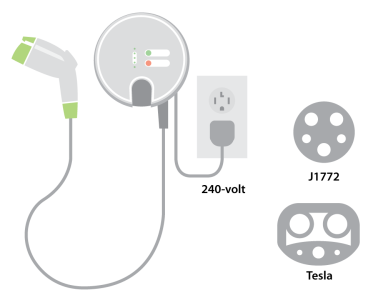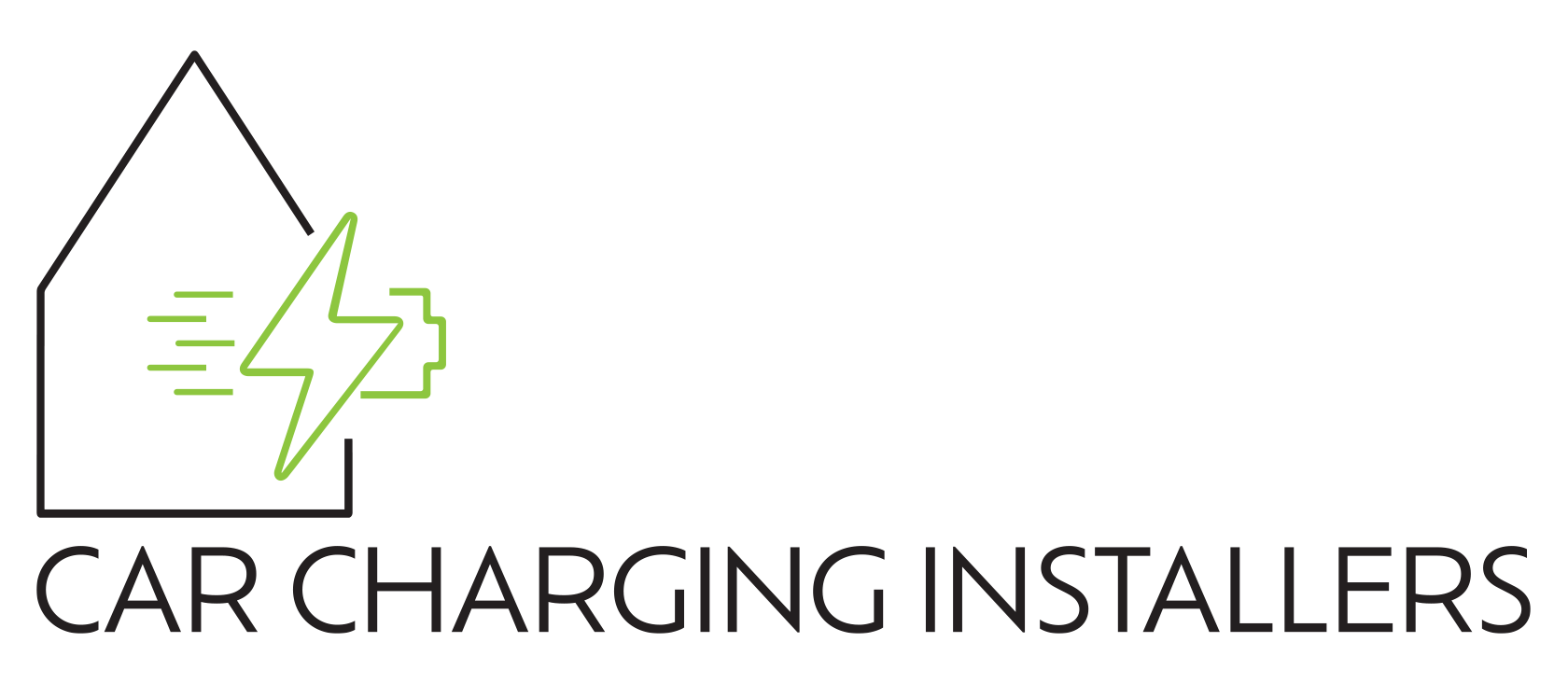Electric car charging refers to the process of replenishing the battery of an electric vehicle. As electric vehicles become more popular, the need for electric car charging infrastructure is increasing. There are three types of electric car charging: Level 1 Charging, Level 2 Charging, and DC Fast Charging.
Businesses can benefit from installing workplace charging stations by attracting and retaining employees who own electric vehicles, demonstrating a commitment to sustainability, and potentially generating revenue through charging fees. Public charging stations are also available and can be found using various charging network apps and websites.
The future of electric car charging is expected to include advances in charging technology, integration with renewable energy sources, and smart charging solutions. With the continued growth of electric vehicles, the need for a reliable and efficient electric car charging infrastructure will become increasingly important.
Level 1 Charging

Level 1 charging is the slowest and simplest method of charging an electric car, using a standard household outlet. While it is the slowest charging method, it can still be useful for those who do not drive long distances or who have access to public charging stations.
To use level 1 charging, all you need is a standard 120-volt outlet and the electric vehicle's charging cord. However, it's important to note that level 1 charging can take up to 20 hours to fully charge an electric vehicle, depending on the battery size and state of charge.
Level 1 charging is best suited for those who have a predictable daily driving routine and can leave their vehicle plugged in overnight. It can also be a backup charging option for those who have access to public charging stations but need to charge their vehicle at home occasionally.
It's important to note that level 1 charging can put a significant strain on a household's electrical system, especially if other high-power appliances are being used simultaneously. Therefore, it's important to ensure that the outlet and wiring can handle the current load and to avoid using extension cords or adapters.
Overall, while level 1 charging is the slowest option, it is the most accessible and cost-effective method of charging an electric car, requiring only a standard household outlet and the vehicle's charging cord.
Level 2 Charging

Level 2 charging is a faster and more efficient method of charging an electric car compared to level 1 charging. Level 2 charging requires a charging station and can fully charge an electric vehicle in 4-8 hours, depending on the charging rate.
To use level 2 charging, a homeowner or business would need to install a charging station that is compatible with the electric vehicle's charging port. These charging stations are typically hardwired into a home or business's electrical system and can be installed by a licensed electrician.
Level 2 charging stations are available in a variety of charging rates, typically ranging from 16 to 80 amps. The charging rate determines how quickly the electric vehicle's battery can be charged. A higher charging rate will result in a faster charging time, but also requires a higher voltage and amperage electrical circuit.
Homeowners and businesses can choose between a variety of charging station manufacturers, each with their own features and benefits. When choosing a charging station, it's important to consider the charging rate, compatibility with the electric vehicle, safety features, and warranty.
Level 2 charging is suitable for homeowners who want a faster charging option, or for businesses that want to provide charging stations for their employees. It can also be a good option for public charging stations in locations such as shopping centers or airports.
Overall, level 2 charging is a faster and more efficient method of charging an electric car compared to level 1 charging. With the increasing popularity of electric vehicles, level 2 charging infrastructure is becoming more readily available and accessible for homeowners and businesses.
DC Fast Charging

DC fast charging, also known as level 3 charging, is the fastest method of charging an electric car, providing a full charge in as little as 30 minutes. DC fast charging stations are typically found at public charging stations, such as rest stops, shopping centers, and other high-traffic locations.
Unlike level 1 and level 2 charging, DC fast charging uses a high-voltage direct current (DC) to rapidly charge the electric vehicle's battery. DC fast charging stations can provide charging rates of up to 350 kW, although most electric vehicles are not capable of accepting such high charging rates.
It's important to note that not all electric vehicles are compatible with DC fast charging. However, most modern electric vehicles have a DC fast charging port as an option. It's also important to ensure that the electric vehicle is equipped with the appropriate charging cable and that the charging station is compatible with the electric vehicle's charging port.
While DC fast charging is the fastest method of charging an electric car, it's important to note that frequent use of DC fast charging can reduce the lifespan of the electric vehicle's battery. Therefore, it's recommended to only use DC fast charging when necessary, such as for long-distance travel or emergencies.
Overall, DC fast charging is a convenient and efficient method of charging an electric car for those who need to quickly charge their vehicle while on the go. With the increasing popularity of electric vehicles, the number of DC fast charging stations is rapidly growing, making it easier for electric vehicle owners to travel long distances without worrying about running out of charge.
